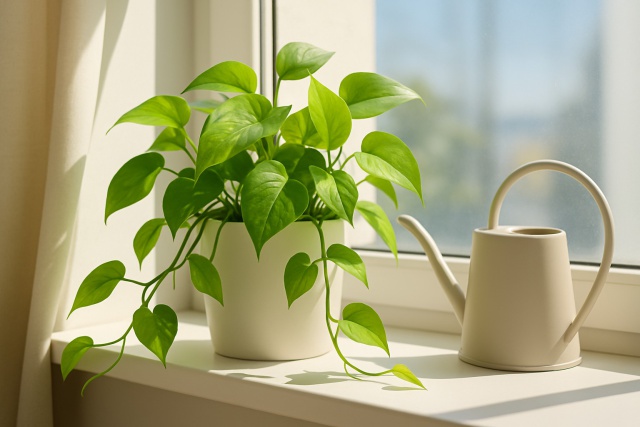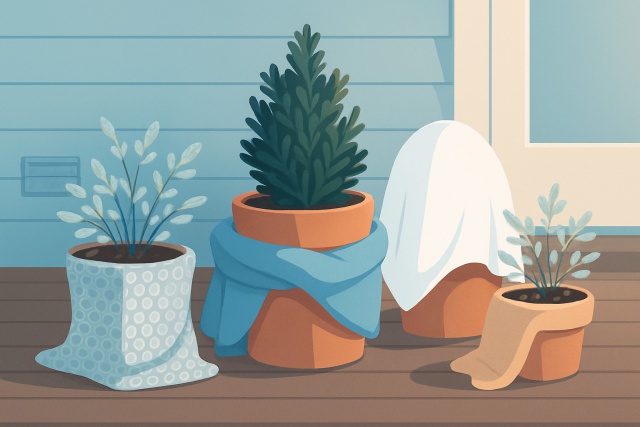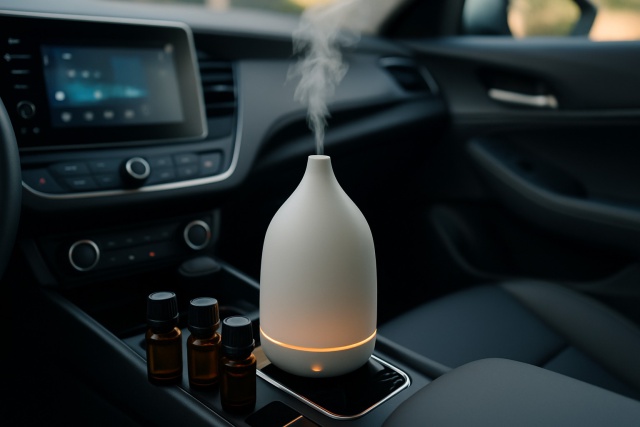Can You Pour CLR Down the Drain Without Causing Damage?
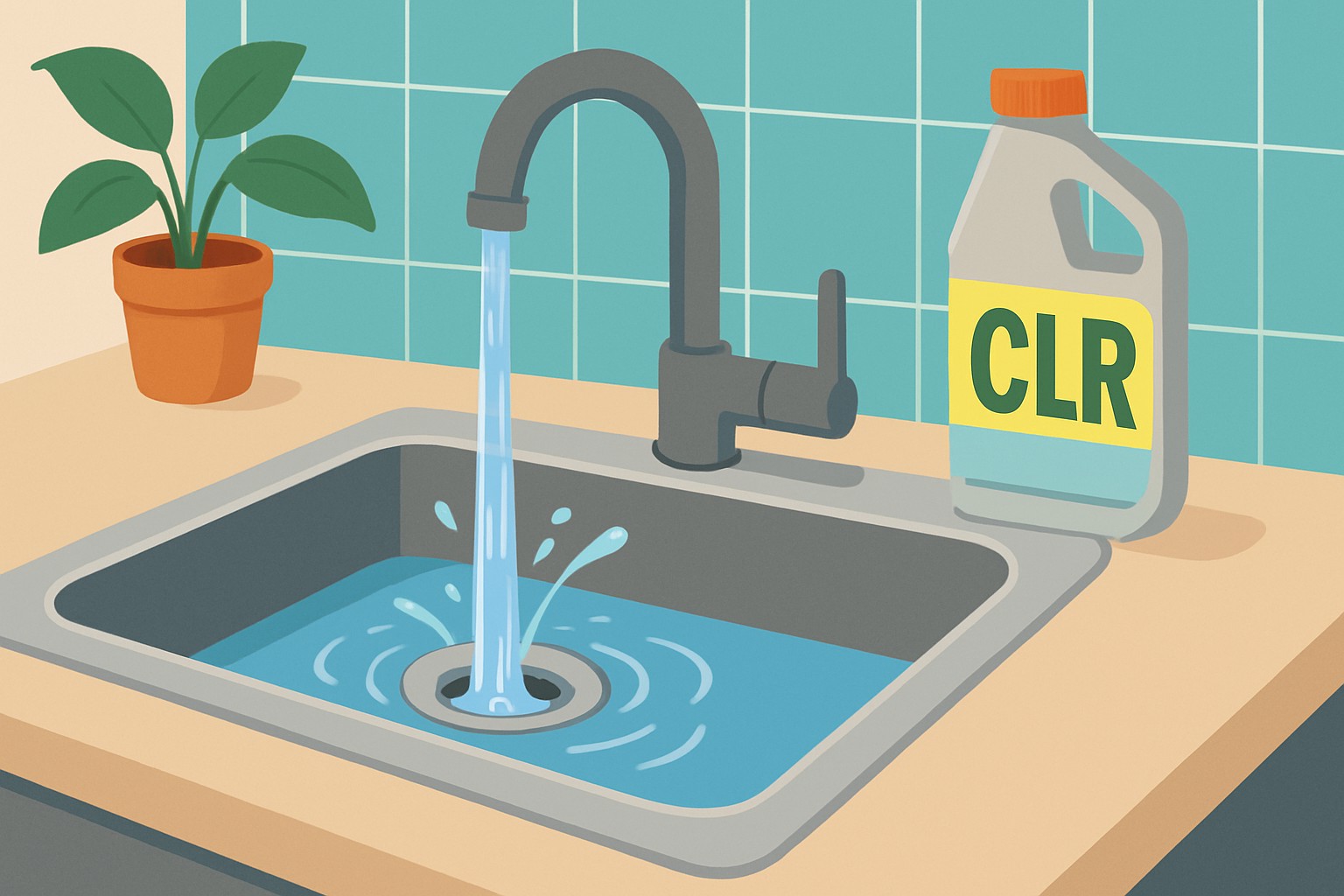
Many homeowners often find themselves wondering if pouring CLR down the drain will cause trouble. CLR stands for Calcium Lime and Rust remover and is a powerful cleaner designed to tackle stubborn mineral buildups. It’s worth understanding how it interacts with different plumbing materials and what problems might come from using it. This article takes a closer look at how to safely use CLR in your household drains by covering its chemistry, best practices and precautions so you can avoid costly plumbing headaches.
A Quick Dive into the Heart of .NET
CLR is a commercial-grade cleaner crafted specifically to tackle stubborn calcium lime and rust deposits. It typically packs lactic acid gluconic acid and a few other gentle organic acids that team up to react with mineral buildup and break it down without harsh scrubbing.
Typical Ways CLR Is Put to Work in Home Plumbing
Homeowners often find themselves reaching for CLR when faced with stubborn buildup in their plumbing fixtures. It’s pretty good at breaking down those pesky mineral deposits, which not only gets water flowing smoothly again but also freshens up the look of different surfaces. Whether you’re battling rust stains or trying to tame lime scale, CLR usually proves to be a trusty sidekick for everyday household plumbing upkeep
- Cleaning sink drains clogged by stubborn mineral buildup to get water flowing smoothly again.
- Tackling lime scale deposits inside pipes to help prevent blockages and keep corrosion at bay.
- Banishing pesky rust stains from faucets, tubs and other metal fixtures that just will not quit.
- Descaling showerheads to boost water pressure and restore the satisfying spray pattern we all appreciate.
- Giving toilets a fresh makeover by breaking down tough hard water rings and deposits that seem impossible to shift.
Is It Really Safe to Pour CLR Down the Drain? Here’s What You Might Want to Know
Before you pour CLR down your drain it’s a good idea to check what kind of plumbing you have and how the pipes are holding up. CLR works well with modern materials like PVC and stainless steel as long as you follow the instructions. On the flip side, it can cause problems with older pipes, especially those made from galvanized steel or cast iron. Overusing it or ignoring directions might speed up corrosion or damage the pipe linings.
- Take a good look at what material your pipe is made from to make sure CLR won’t cause any problems.
- Give those pipes a thorough once-over for any signs of corrosion or damage because if CLR meets a weak spot things could go downhill fast.
- Stick to the CLR concentration the label suggests. Going overboard might turn your pipes into a chemistry experiment you didn’t sign up for.
- Pour just the recommended amount. Overdoing it can lead to chemical buildup lurking inside your drains and nobody wants that hassle.
- Please for the love of plumbing follow the manufacturer’s instructions exactly. There’s usually a good reason for every step.
Potential Risks You Might Run Into When Using CLR in Drains the Wrong Way
Using CLR the wrong way can actually speed up pipe corrosion and weaken the structural strength. It can also leave behind nasty chemical residues. These risks tend to pile up in older plumbing systems or when CLR is overused either too often or in big doses.
| Pipe Material | Potential Damage Types | Risk Level |
|---|---|---|
| PVC | Usually holds up well with minimal damage when handled right | Low |
| Copper | May corrode if it is exposed a bit too much over time | Medium |
| Galvanized Steel | Known to rust and corrode quicker than most, so watch out | High |
| Cast Iron | Prone to chemical wear and rust, definitely not the toughest | High |
Your Handy Step-by-Step Guide to Using CLR Safely in Your Drains
To prevent any mishaps while using CLR to clean your drains, it really pays off to stick to a solid plan. Taking the time to prepare properly and following the recommended contact times and dilution rates usually does the trick.
- Take a moment to check what material your pipes are made of. I have found that PVC and stainless steel usually work well with CLR.
- Be sure to read the CLR product label and safety instructions carefully before getting started—a little preparation makes a big difference.
- If needed, dilute the CLR according to the manufacturer's directions to adjust its strength appropriately.
- Pour the CLR slowly down the drain to prevent any sudden chemical build-up that might cause problems.
- Let the CLR do its job but don’t leave it too long. Usually, 3 to 10 minutes is enough.
- Finally, rinse the drain thoroughly with cold water to wash away all residue and leave it fresh and clean.
How to Tell If CLR Has Gently Wrecked Your Pipes and What to Do About It
If you suspect that misuse of CLR might have taken a toll on your plumbing it is important to watch for early warning signs. Look for visible corrosion, leaks, weird odors or slow drainage that will not quit.
- Visible pipes with discoloration or stains that scream corrosion even if you try to ignore them.
- Rust or flaky buildup hanging out around pipe joints and fixtures like uninvited guests.
- Clogs that stubbornly come back time and again no matter how many times you clear them.
- Unpleasant almost chemical-like smells wafting from the drains that make you want to hold your nose.
- Water leaks showing up around pipe connections or lurking beneath sinks popping up when you least expect them.
Troubleshooting Steps When You Suspect CLR Might Be Causing Some Trouble
- Take a good, close look at those exposed pipes under sinks and around drains. Keep an eye out for any rust or signs that they might be falling apart.
- Check the water flow in the drains and fixtures that seem off. If it’s dragging or running slower than usual, that’s your clue that something’s wrong.
- Give the pipes a gentle feel. Any soft or weak spots could indicate chemical damage, so treat them like fragile glass.
- Flip through your plumbing manual or product guides to learn which materials work well with acid-based cleaners. Knowledge is power here.
- If you’re still unsure or just want peace of mind, don’t hesitate to call a licensed plumber who can properly inspect and handle any repairs you might need.
Other Clever Ways to Put CLR to Good Use Instead of Just Pouring It Down the Drain
If you are leaning towards gentler or more eco-friendly tricks to keep your drains in shape, there are quite a few options that usually do the job nicely.
- Enzymatic drain cleaners tap into natural bacteria to slowly break down organic buildup without harsh chemicals.
- The trusty old baking soda and vinegar trick is a classic move for tackling mild mineral deposits that build up over time.
- Regularly pouring boiling water down the drains is a simple and effective way to flush away debris.
- Mechanical drain snakes or augers physically yank out blockages without any chemical interference.
- Scheduling routine cleanings with professional plumbers lets the pros handle heavy lifting and keep things running smoothly.
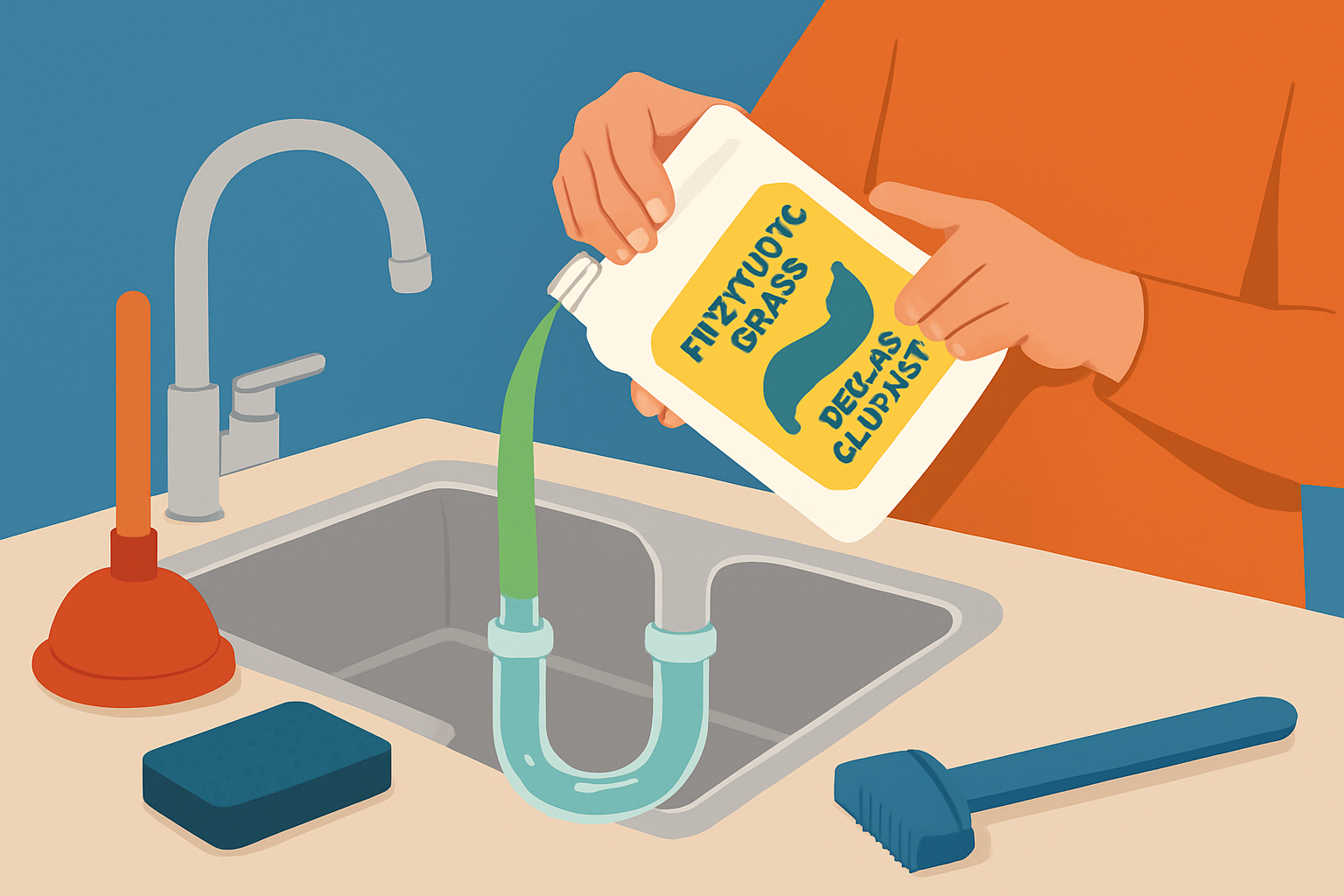
A homeowner applying safe enzymatic drain cleaner as an alternative to harsh chemicals.
How to Safeguard Your Plumbing When Using Chemical Cleaners
Let's face it, chemical cleaners can be a real lifesaver when your pipes decide to throw a tantrum. But, if you’re not careful, they might just come back to bite you. So, here’s the lowdown on keeping your plumbing in tip-top shape while still getting those clogs out without turning your pipes into a chemistry experiment gone wrong.
Keep your plumbing in tip-top shape by sticking to best practices, especially when you're wondering, can you pour clr down the drain? Use these cleaners at the right intervals and dilute properly. Regularly inspect your pipes to prevent premature damage.
- Try to keep chemical drain treatments to a minimum so you’re not constantly exposing your pipes to harsh stuff.
- Always stick to the product label like it’s your Bible, especially when it comes to dilution and how long it should hang out in the pipes.
- Choose cleaners that proudly wear the “safe for your type of pipes” badge—no guessing games here.
- Once you’ve done a chemical treatment, give your plumbing a good rinse with cold water to wash away any lingering nastiness.
- It’s a smart move to have a pro check your plumbing regularly—catching problems early can save you a ton of headaches down the road.

